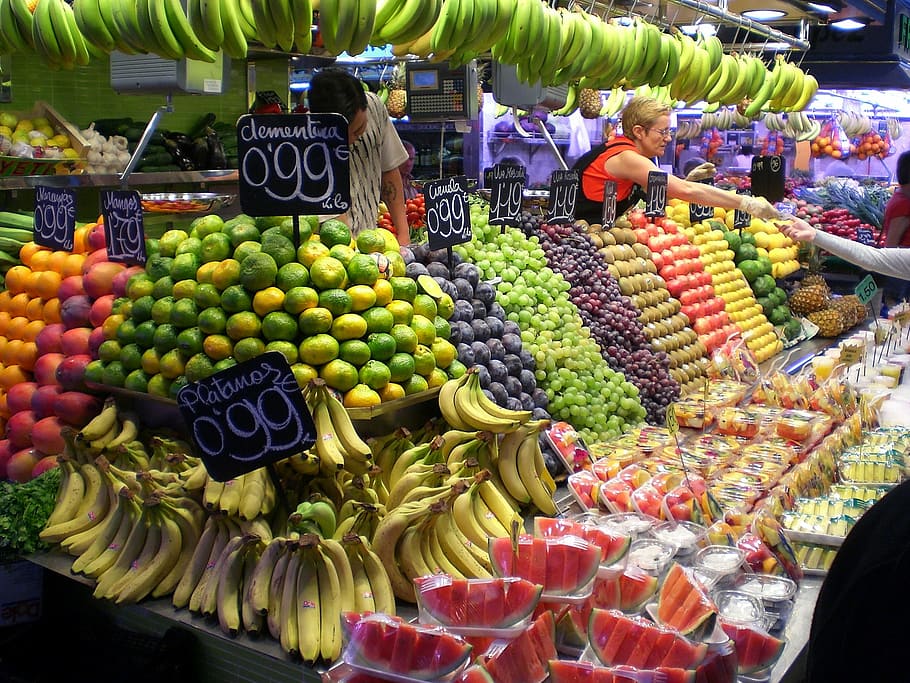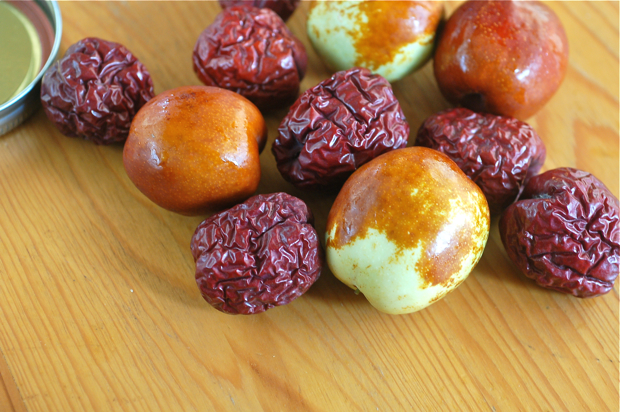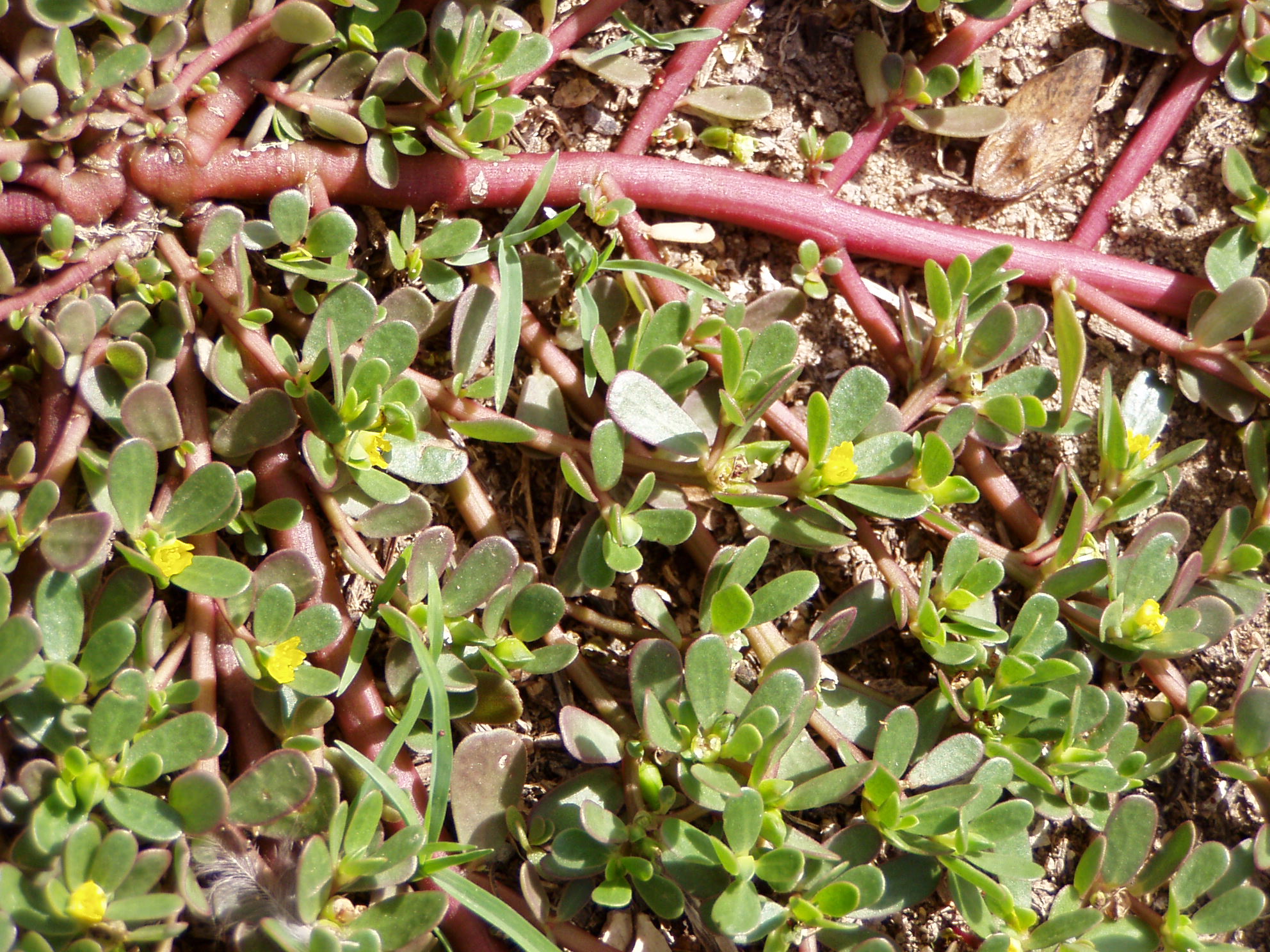If you go to different grocery stores around the world, you will probably see similar offerings: potatoes, salad, tomatoes, bananas, and oranges in the produce section and wheat flour, rice, beans, and corn meal on the shelves. However, the plant products that you see for sale are just a tiny fraction of those that exist!

In total, there are 1,097 vegetable species cultivated around the world, but we’ve only heard about 7% of them. The vegetables that we know about are being researched more and bred to be high-yielding; they are reaching other markets around the world due to globalization. However, we shouldn’t forget about all of the other edible plants out there. Many of the plants that have been traditionally grown are very nutritious and can grow in tough conditions. The impediment is that they haven’t been researched so well and don’t have a large demand. Therefore, they are called “neglected” or “forgotten” species in that they are largely ignored by research and are not used to their potential in local and global food markets. Many local varieties have already gone extinct: 75% of the species that humans have grown before 1900 are already gone. These species should not be overlooked as they could be an important piece in figuring out the puzzle of global food security.

Some neglected species have already entered the mainstream market and could be available at your local supermarket, such as quinoa, buckwheat, jackfruit, seabuckthorn, and amaranth. While these plants are starting to become hip, usually for health benefits or because they are trendy, there are many that you probably haven’t heard about.
Here are just a few neglected plants that have superfood potential and deserve more attention:
Fonio
Fonio (Digitaria exilis), the millet species with the smallest seeds, is a cereal that is traditionally grown in West Africa. For being a small seed, it sure can boast a lot: it is nutritious, gluten-free, and high in dietary fiber. It is one of the fastest growing cereals, taking only six to eight weeks to grow to maturity. It is used in a variety of different ways, from porridge, to couscous, bread, and even beer. It grows best in dry climates, and can even grow in poor soils, making it an ideal crop for arid regions.

The
only down-side to this cereal powerhouse is that it takes a lot of
effort to harvest and
process. The plants are cut down by sickle and gathered in bundles to
dry. The grains are threshed off the plant manually and then washed by
hand. Because the grains are so small, it is difficult and takes a lot
of time to get rid of the husk. They are traditionally
ground in a bowl with sand, and then the grains need to be separated
from the sand with water. Luckily, a machine has been invented to
de-husk fonio, reducing the amount of time to process two kilograms of
fonio from one hour to six minutes. It could be coming
to markets besides Africa. An Italian company, Obà Food, has gotten
permission to start selling fonio in the European Union.

Ullucus
The Ullucus tuber (Ullucus tuberosus) is grown in South America and is the second most important root vegetable grown in the Andes, just after the potato. This vegetable has been grown by small-scale farmers high in the mountains (2500 to 4000 m above sea level) for centuries. The tubers provide a good source of protein, carbohydrates, and vitamin C. The tubers are strikingly colored, such as yellow, pink, and purple. The tubers are typically cooked into a soup or stew, pickled, or ground into a flour. Due to their high water content, they do not lend themselves to frying or baking, but when cooked, they retain a crisp texture. In addition to the tuber, the leaves of the tuber are a protein, calcium, and carotene-packed, spinach-like green.

Carob
The carob (Ceratonia siliqua) is a flowering tree that grows in a Mediterranean climate in Europe, the Middle East, and Africa. It is in the legume family and produces edible pods that are dark brown and elongated. The pods need a whole year to ripen and fall in the early autumn.

When the pods are ripe, they can be dried and ground in a powder. The powder’s taste is compared to cocoa powder, though carob powder is naturally sweet and is caffeine-free. The powder can be used as cocoa powder, as a bar, chips, and in baking. Carob bars and other products are often found at health food stores. The trees are resilient and can survive long droughts, though they do need 250 to 500 mm of rainfall per year to grow fruit. They can also survive exposure to salt in the soil and rainfall.
Jujube
Jujube is a small tree with thorny branches that grows in Asia and the Middle East (Ziziphus jujuba). It produces a small, oval fruit, about 1.5 to 3 centimeters long. Before it is ripe, its surface is smooth and green and it tastes like an apple. However, when it is ripe it matures to a deep brown or purple-black color with wrinkly skin similar to a date. At its center is a hard kernel that looks like an olive pit and contains two seeds.

Jacqueline Gabardy.
The tree is hardy and can survive across different temperatures and amounts of rainfall, though it needs hot summers and enough water to produce fruit. Because it can also survive cold winters (all the way down to −15 °C (5 °F)!), it can be grown both in mountain or desert areas. The fruit is eaten as a snack both fresh and dried. Additionally, the tree is cultivated in China and is used in Chinese and Korean traditional medicine, where they are used for a number of purposes, including contraception, stress relief, wound healing, and sedation.
Purslane
Purslane (Portulaca oleracea) is a plant that is eaten in Europe, the Middle East, Asia, and Mexico. It grows close to the ground and has smooth, red-tinged stems and leaves. It is able to survive through drought and in poor compacted soils. The whole plant, stems, leaves, and flower buds are all edible. It tastes mildly sour and salty. It can be eaten raw in salads or sautéed and used in soups and stews. The sour taste is due to the presence of oxalic and malic acid, the concentrations of which are the highest when the plant is picked in the morning.

Many of these plants have some important features in common: they can survive through tough environmental conditions, are nutritious, and have been traditionally grown for food. These features make them ideal to promote food security. They deserve more recognition and shouldn’t be neglected in favor of the plant species that are heavily researched and grown all around the world. Let’s keep all the amazing diversity of edible plants that humans have been cultivating for millennia!






